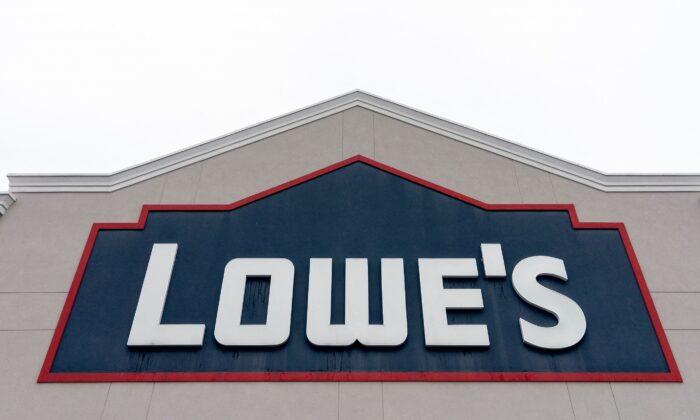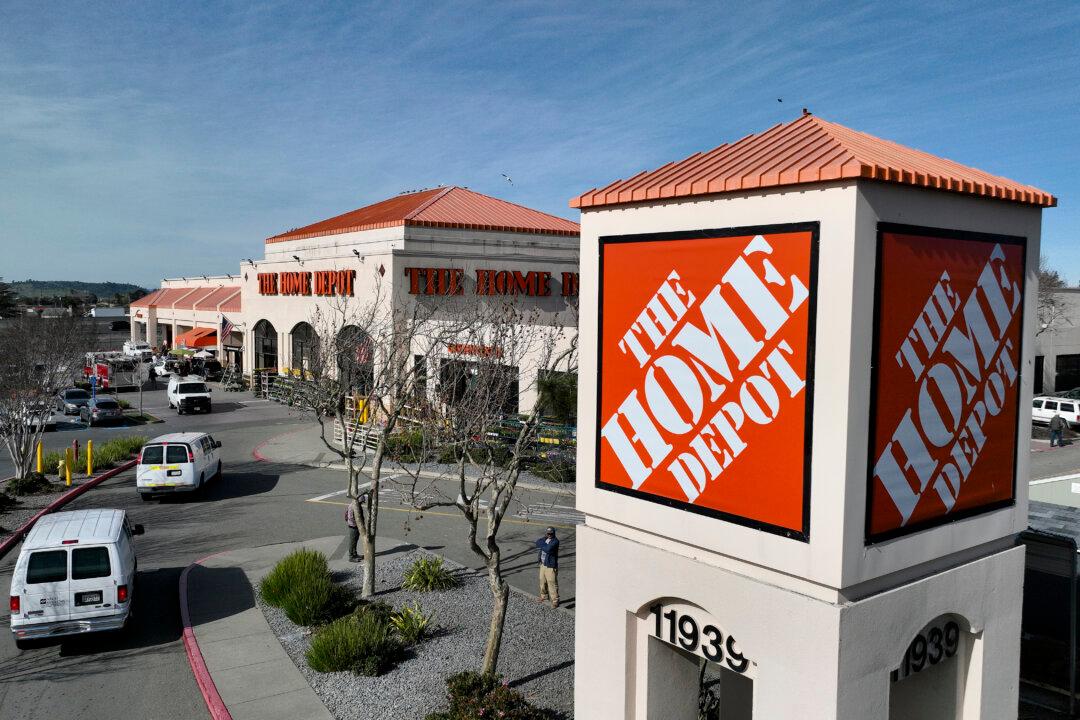The nation’s leading luxury homebuilder, whose average unit sells for nearly $1 million, reported record sales and strong profits in the second quarter of fiscal year 2025 as demand for high-end housing continues to exceed the current supply.
For the period ended April 30, Toll Brothers reported that second-quarter home sales revenue rose by 2 percent to a record $2.71 billion after delivering 2,899 upscale homes to 60 key markets in 24 states. That compares to 2,641 housing units delivered to Toll Brothers’ customers in the second quarter of 2024, netting sales of $2.65 billion.
Excluding a one-time gain of $124.1 million from the sale of a parcel of land to a commercial developer, Toll Brothers would have reported a net income of $357.5 million, or $3.38 per share, for the second quarter of 2024. These adjusted results allowed the Fortune 500 homebuilder to easily surpass Wall Street expectations of $2.86 per share on revenues of $2.5 billion.
“While the near-term outlook for the housing market remains cloudy due to the well-known affordability pressures and the volatile macro environment, we continue to believe the long-term outlook for the new home market remains positive, particularly for our luxury niche,” Yearley said.
“With many entry-level buyers struggling with affordability challenges, we are pleased to be serving an affluent consumer.”
In highlighting the company’s strong second-quarter performance, Yearley noted that the upscale homebuilder was also reaffirming its previous annual guidance of closing between 11,200 and 11,600 home sales at an average selling price of $945,000–$965,000.
The East Coast homebuilder also forecasts to end the year with 440–450 housing communities across the 24 states where it operates.
Yearley said that the strength of Toll Brothers’ diversified luxury product offerings, price points, and locations in high-growth markets, along with a balanced portfolio of build-to-order and spec homes, allows the company to adapt to changing market conditions.
As the nation’s luxury alternative to larger rival homebuilders, such as D.R. Horton, Lennar Corp., the Pulte Group, and Century Communities, Toll Brothers has carved out a niche by offering its customers access to exclusive communities with custom-built homes featuring a wide array of features and personalized designs.
The Pennsylvania homebuilder operates separate subsidiaries in architecture, engineering, mortgage, title, land development, smart home technology, and landscaping. In addition, the company develops master-planned communities and golf course communities, while also managing its own lumber distribution, house assembly, and manufacturing operations.
In response to an analyst’s question about slowing demand, Yearley said that Toll Brothers experienced its worst-selling month in February and is seeing more buyers remaining on the sidelines due to declining consumer confidence, stock market volatility, and other economic concerns. However, the company expects an increase in demand in the second half of the year as the Trump administration resolves the tariff uncertainty and the economy improves.
“We know a good part of the 30 percent of first-time buyers we sell to are getting some help from mom and dad with generational wealth transfer,” said Yearley.
“We have a significant undersupply of homes in this country. When this market turns with those tailwinds and with so many people on the sidelines just waiting to feel better so they can move on with their lives—look out because it’s going to come.”
Alongside its record second-quarter sales, Toll Brothers also faced a decline in other key industry metrics. For instance, the housing giant signed contracts with homebuyers worth $2.6 billion for the three-month period, down 11 percent from the same period of 2024. The number of contracted homes also dropped 13 percent to 2,650 units.
The second quarter also ended with a backlog value of $6.84 billion, down 7 percent from the same quarter last year. The number of homes in backlog decreased by 15 percent, to 6,063, as the average price per home rose 7.7 percent, to $1.12 million.
Yearley also highlighted a decline in the company’s build-to-order business from 90 percent of its backlog to 55 percent. Meanwhile, the remainder of its inventory consists of spec homes built on company-owned land or located in Toll Brothers communities across the United States.
Yearley, however, noted that the reduction in the build-to-order backlog is intentional. He stated that the company had 1,028 completed spec homes that could be sold and settled within the next six months, with another 2,400 at various stages of construction.
“Again, it’s all market conditions driven, right? But we have recently seen a bit of a move back towards a desire for build-to-order versus faster delivery of a spec home,” he said.
Over the past 12 months, the stock has declined by nearly 15.6 percent, trading between a low of $86.67 and a 52-week high of $169.52.







